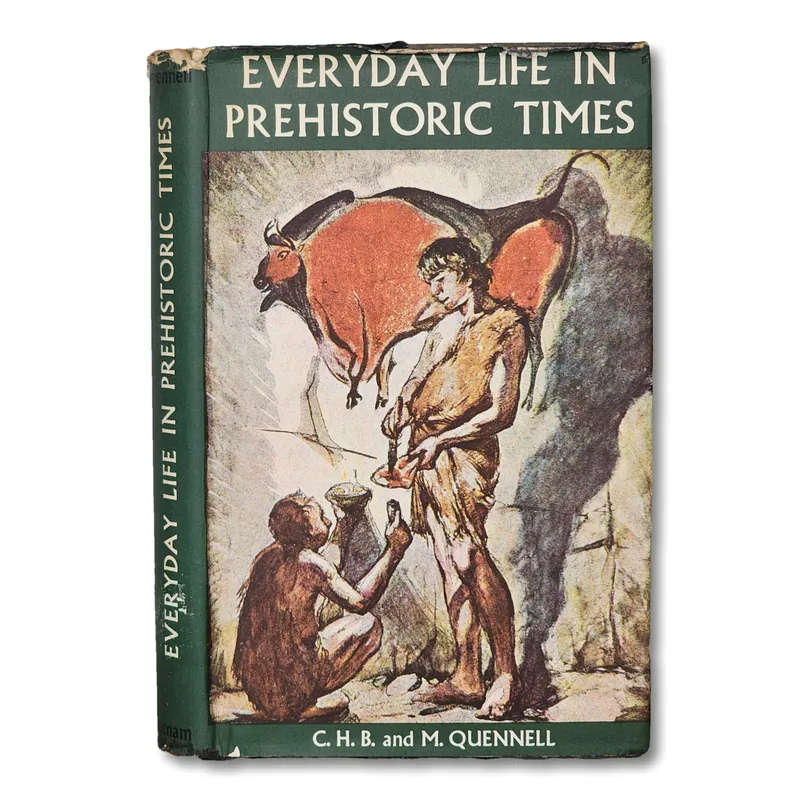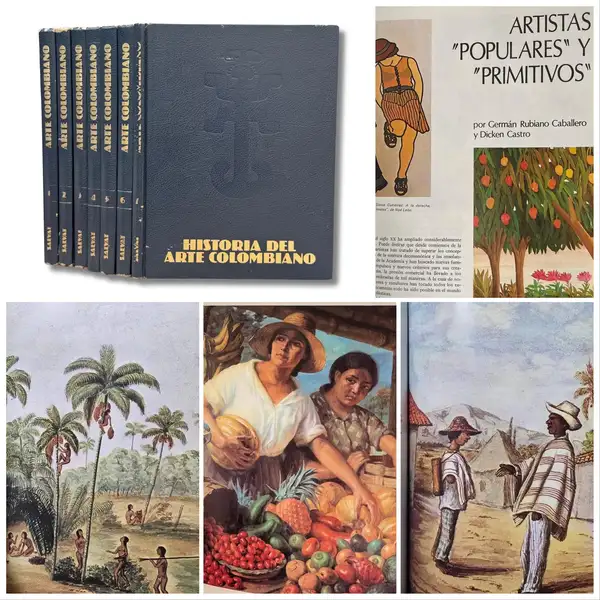-

Everyday life in prehistoric times
$20.000Tini Fatal around, losed y on the structs in imaginative fashion the day today life of our prehistoric ancestors.
With photographs and numerous animated
line
drawings, the authors
realistically indicate how man learned to use shelters, clothing, and simple tools to make his nomadic life more comfort-able. Having presented the methods for determining ages and epochs by geology, the book traces the development of man, from the Pithecanthropus, the supposed very civie icon in what, to the
England. At the same time, it follows the inventive genius of man, from the simple flint tools and cave dwellings of the Old Stone Age to the metal “power tools” and ornaments, forts, and lake villages of the Early Iron Age.
The present volume is a new edition, incorporating everyday life in the old stone Age and everyday life in the new stone, bronze and Early Iron Ages, revised and edited by G. de G. Sieveking of the department of prehistory and Roman Britain in the British museum.
The subject matter has been brought up to date, and more illustrations have been included. Much of this immensely interesting material is based on recent and, to some extent, still existing tribes of men in remote areas of africa and australia, etc., whose lives probably pattern closely the ways and habits of prehistoric man.


























